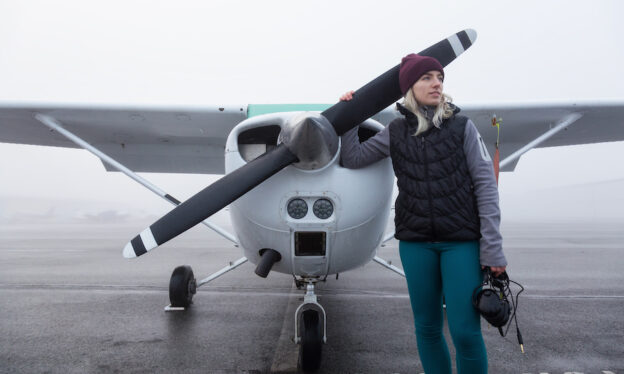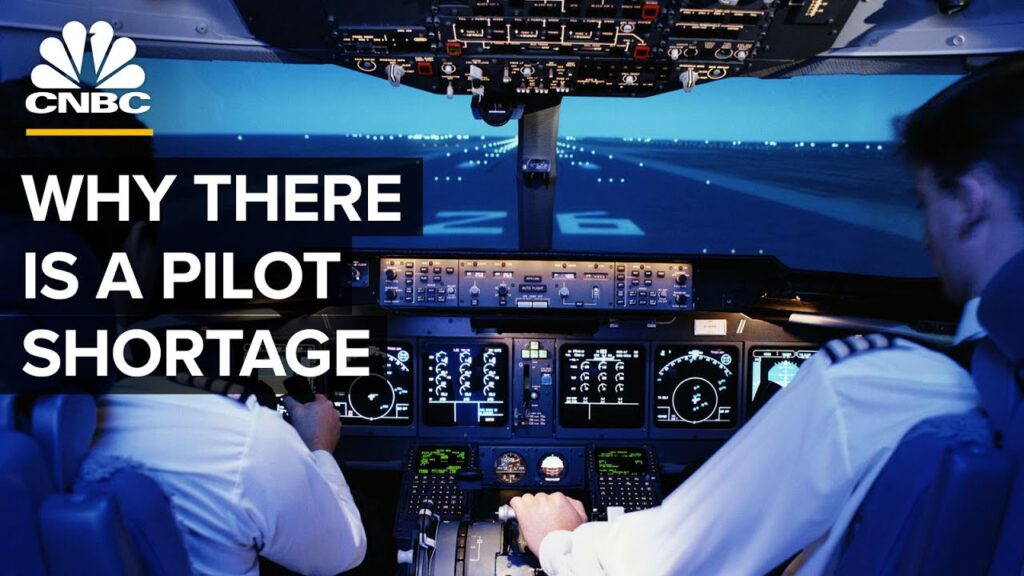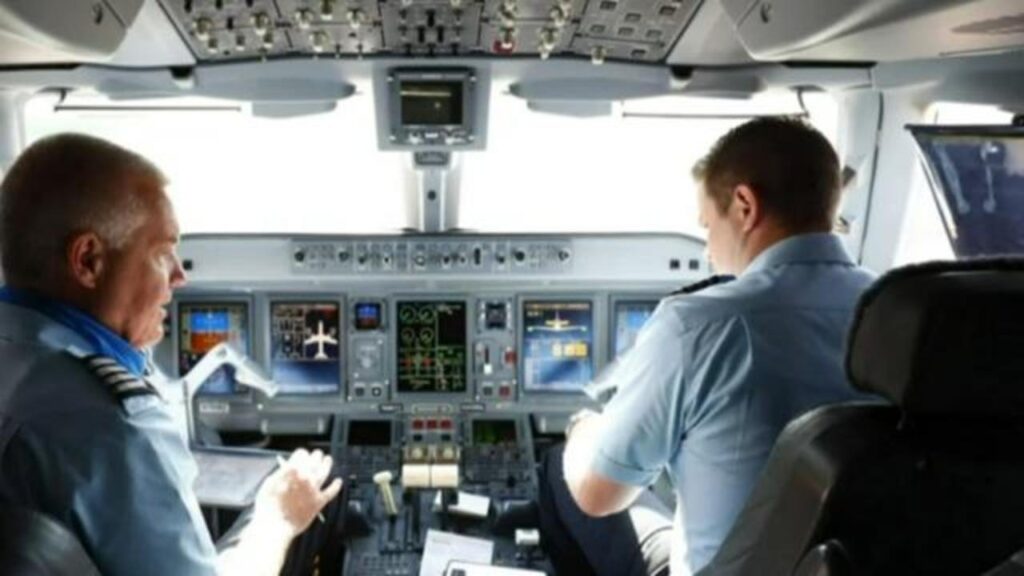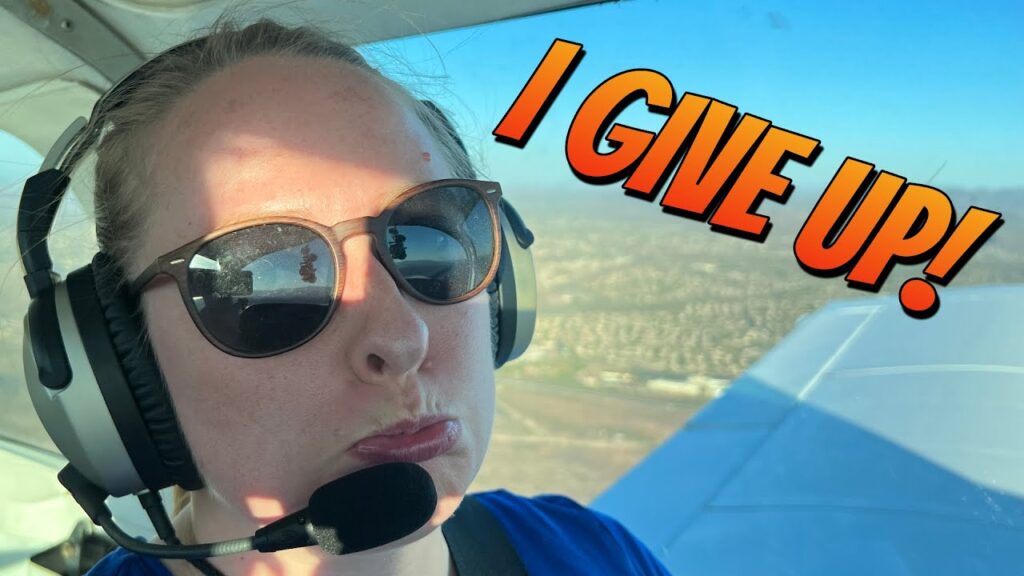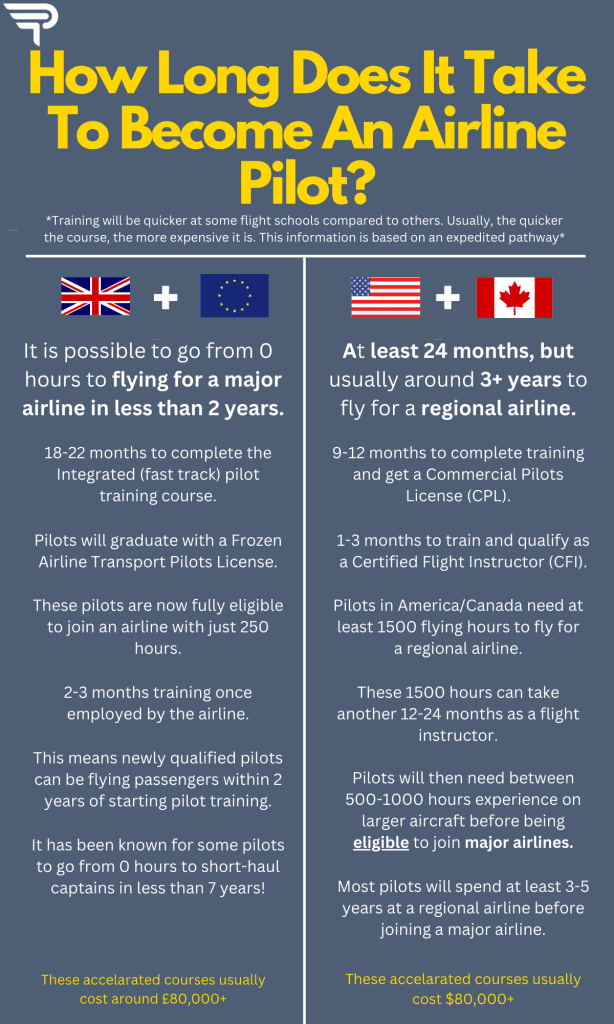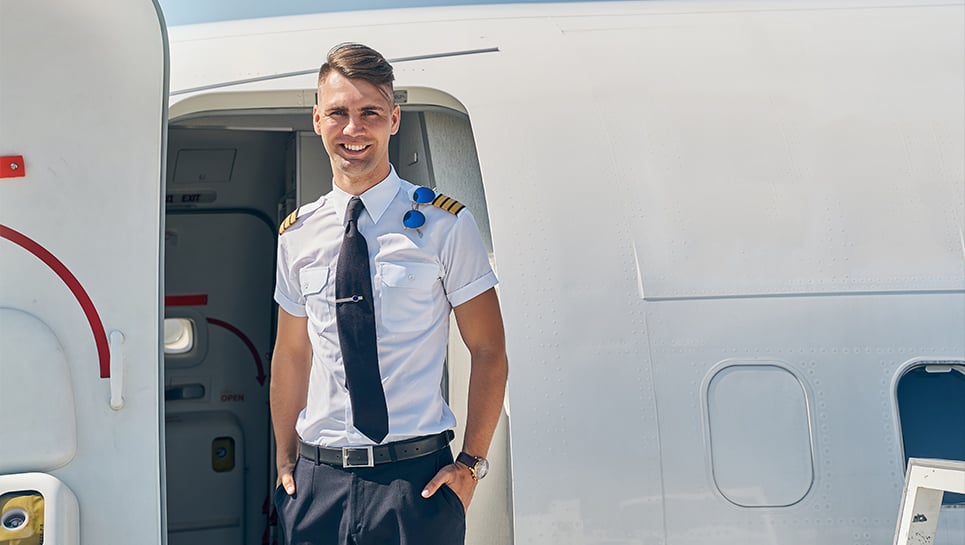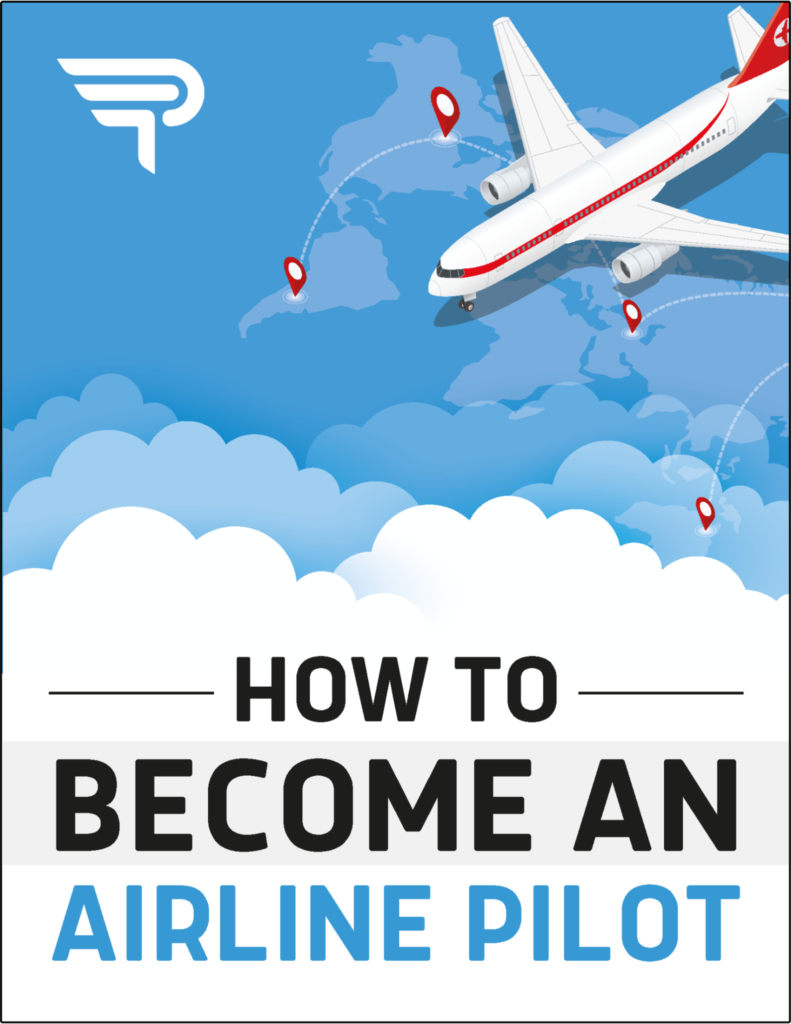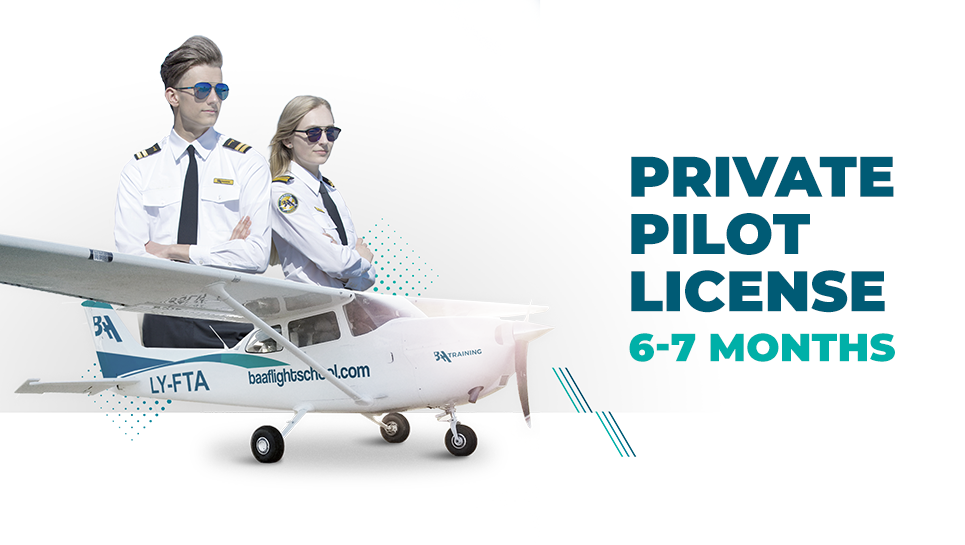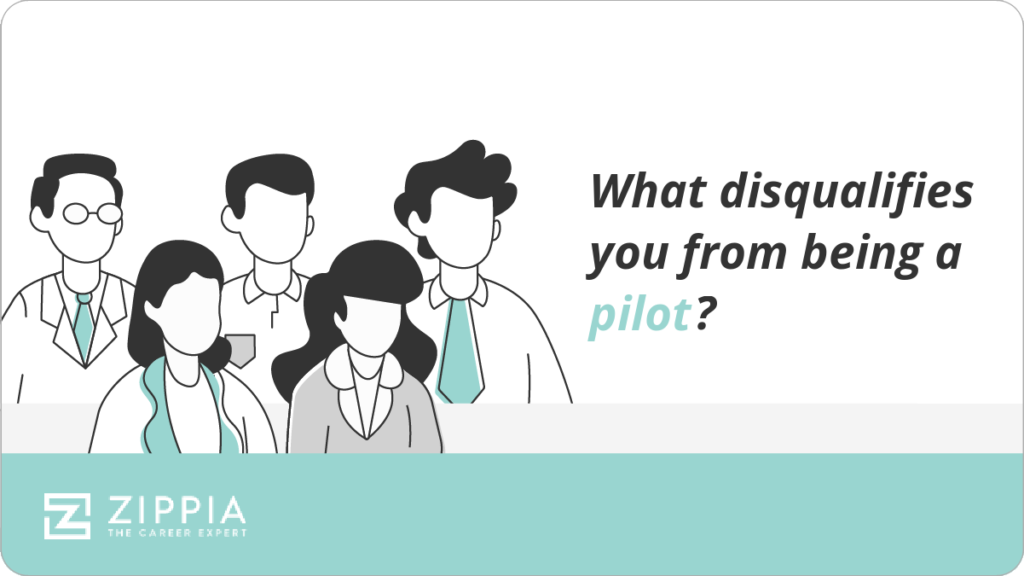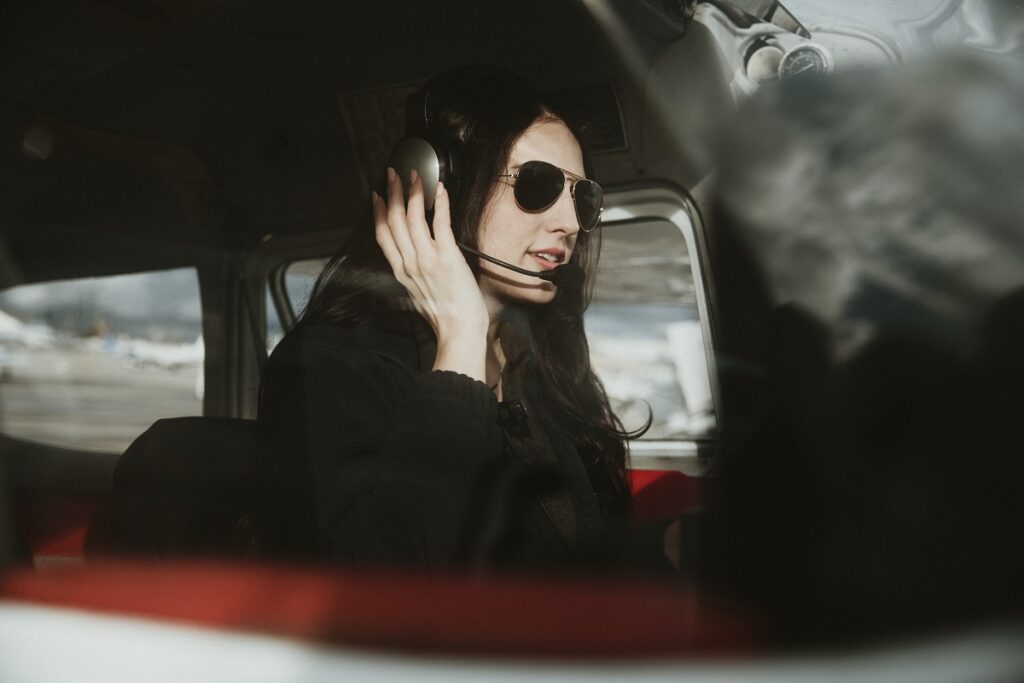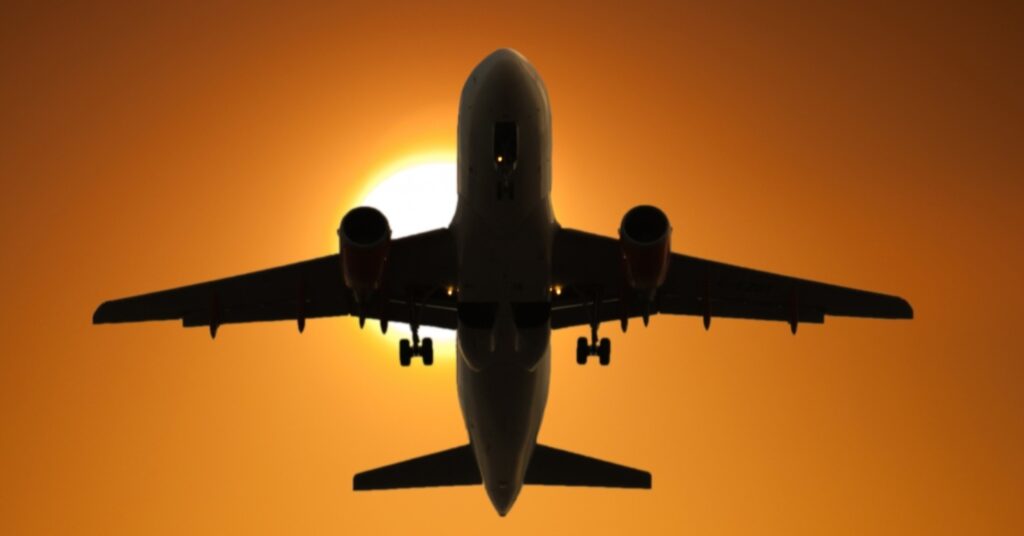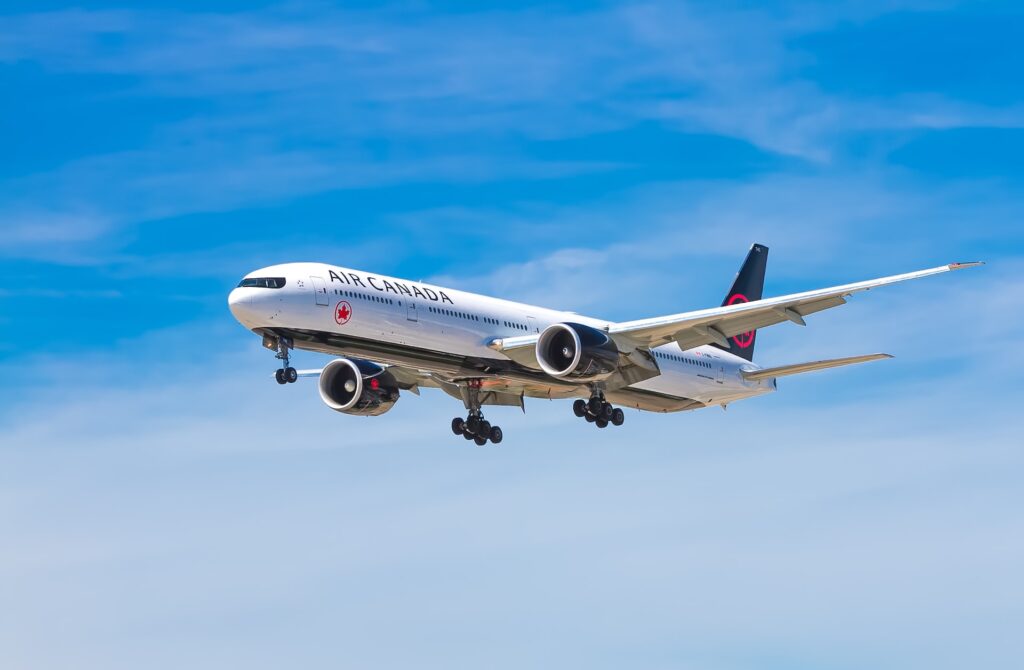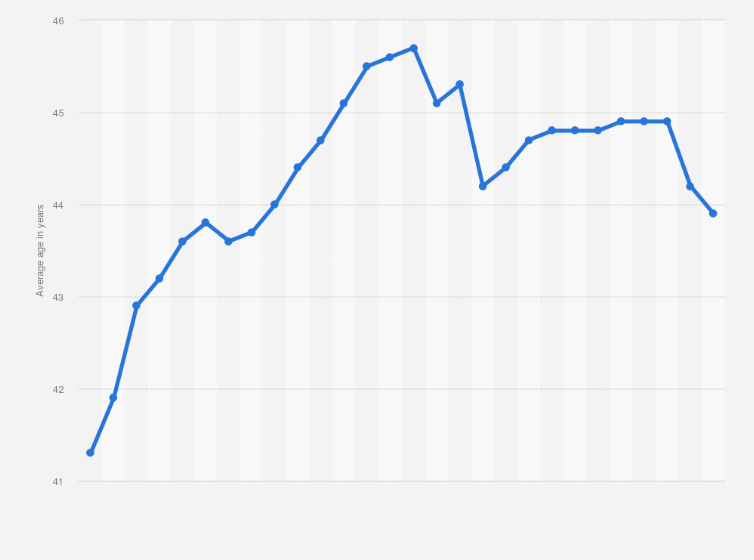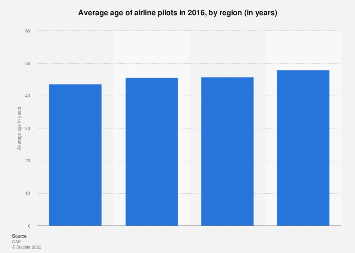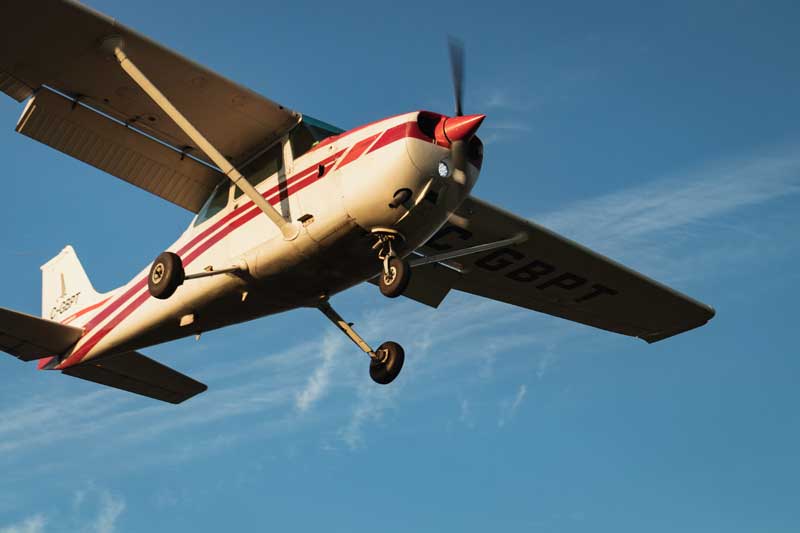So you’re thinking of taking to the skies and becoming a licensed pilot in the great state of Texas? That’s an exciting journey you’re embarking on! But before you can soar through the clouds, it’s essential to consider the financial aspect. After all, while flying may seem like a dream come true, it does come with a price tag. In this article, we’ll uncover the details and give you a comprehensive answer to the burning question, “How much does it cost to get a pilot’s license in Texas?” So buckle up and get ready to discover the ins and outs of pursuing your pilot’s license in the Lone Star State!
Flight School Costs
Flight training fees
Flight training fees can vary depending on the flight school you choose and the type of training program you enroll in. Generally, flight training fees cover the cost of flight instruction, use of training aircraft, and any additional training materials or resources provided by the flight school. It’s important to research and compare different flight schools to find one that fits your budget and offers high-quality instruction.
Flight instructor fees
In addition to flight training fees, you will also need to budget for flight instructor fees. These fees cover the cost of hiring a qualified flight instructor who will provide you with one-on-one instruction and guidance throughout your training. Flight instructor fees can vary depending on their experience and the location of the flight school.
Ground school fees
Ground school is an essential part of pilot training, as it covers the theoretical knowledge required for flying. Ground school fees typically include the cost of classroom instruction, study materials, and any exams or assessments you may need to complete. The cost of ground school can vary depending on the flight school and the type of training program you choose.
Flight simulator fees
Flight simulators are a valuable tool for pilot training, as they allow you to practice flying in a controlled and simulated environment. Flight simulator fees cover the cost of using these simulators, which can help you gain hands-on experience and improve your flying skills. The fees can vary depending on the flight school and the number of simulator hours you choose to book.
Medical Certificate Expenses
Initial medical exam
Before you can begin flight training, you will need to obtain a medical certificate from an Aviation Medical Examiner (AME). The initial medical exam assesses your physical and mental fitness to fly an aircraft. The cost of the initial medical exam can vary depending on the AME you choose and any additional tests or assessments that may be required.
Periodic medical exams
Once you have obtained your initial medical certificate, you will be required to undergo periodic medical exams to maintain your certification. These exams ensure that you still meet the medical standards set by the Federal Aviation Administration (FAA). The cost of periodic medical exams will depend on the AME you visit and any additional tests that may be necessary.
Special issuances
If you have a medical condition that requires special consideration, you may need to obtain a special issuance from the FAA to fly. Special issuances may require additional medical tests, evaluations, or consultations with specialists. The cost of special issuances can vary depending on the complexity of your medical condition and the number of tests or evaluations required.
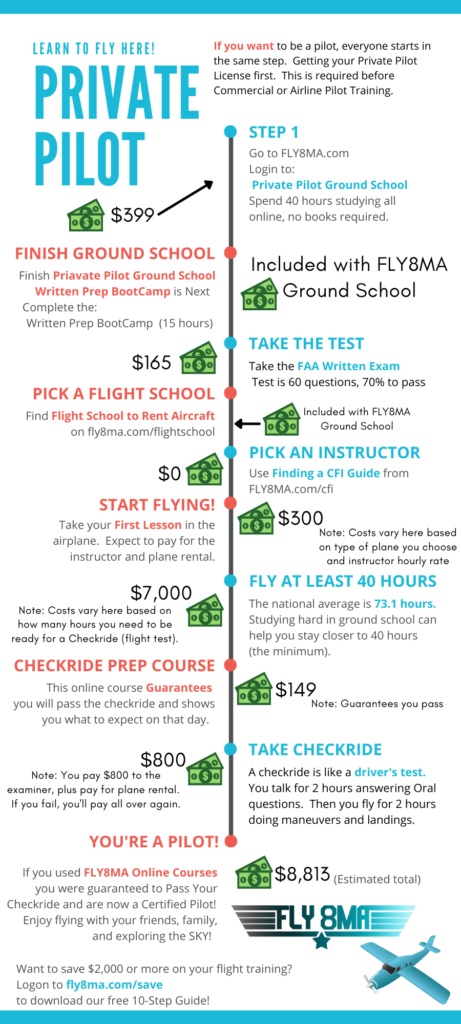
This image is property of fly8ma.com.
Written Test and Knowledge Exam Costs
Written test fee
As part of the pilot certification process, you will need to pass a written test that assesses your knowledge of aviation regulations, aerodynamics, weather, navigation, and other relevant subjects. The cost of the written test fee varies depending on the testing center you choose.
Knowledge exam preparation materials
To prepare for the written test, you may choose to invest in knowledge exam preparation materials such as study guides, online courses, or practice test subscriptions. The cost of these materials can vary depending on the provider and the level of support or resources they offer.
Practical Test Fees
Checkride fee
The final step to earning your pilot’s license is the practical test, also known as the checkride. During the checkride, an FAA designated examiner will assess your flying skills and knowledge. The checkride fee covers the cost of the examiner’s time and expertise in evaluating your performance. The fee can vary depending on the level of certification you are seeking and the flight school you are affiliated with.
Aircraft rental for checkride
As part of the checkride, you will need to rent an aircraft for the examiner to evaluate your flying abilities. The cost of aircraft rental for the checkride will depend on the type of aircraft you choose and the duration of the checkride.
Flight instructor fees for checkride
During the checkride, it is common to have a flight instructor accompany you to ensure you are adequately prepared and to provide any assistance or guidance. Flight instructor fees for the checkride cover the cost of their time and expertise during this crucial evaluation. The fees can vary depending on the flight instructor’s experience and the duration of the checkride.
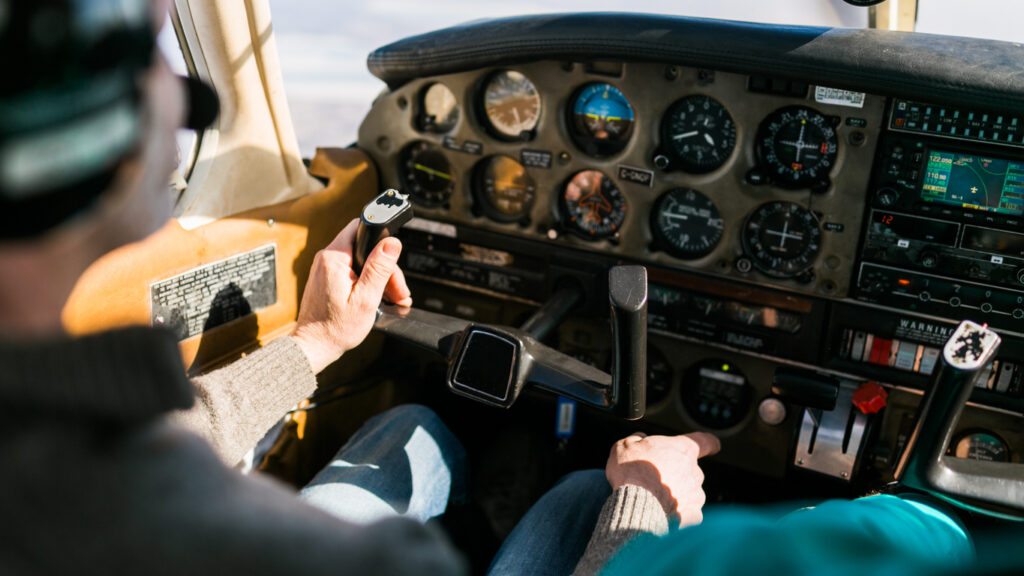
Aircraft Rental Costs
Hourly aircraft rental cost
A significant component of the overall cost of pilot training is the hourly rental cost of the aircraft used for flight lessons. The hourly rental cost typically includes the use of the aircraft, fuel, and any basic maintenance or operational expenses. The rental cost can vary depending on the type of aircraft you choose, with more advanced or specialized aircraft generally commanding higher rental rates.
Fuel expenses
In addition to the aircraft rental cost, you will be responsible for covering the fuel expenses during your flight training. Fuel costs can vary depending on the type of aircraft and prevailing fuel prices. It’s important to factor in fuel expenses when calculating the overall cost of obtaining a pilot’s license.
Insurance fees
Many flight schools require students to have liability insurance coverage during their training. Insurance fees ensure that you are financially protected against any potential damages or liabilities that may occur during flight training. The cost of insurance fees can vary depending on the coverage limits and the insurance provider.
Maintenance costs
Flight training involves regularly using aircraft, and as with any mechanical device, maintenance and upkeep are necessary. While flight schools generally take care of routine maintenance and inspections, there may be costs associated with major repairs or unexpected maintenance issues. It’s important to inquire about the flight school’s maintenance policies and any potential costs you may be responsible for.
Books and Study Materials
Textbooks
Textbooks are an integral part of pilot training, providing comprehensive knowledge on various subjects related to aviation. The cost of textbooks can vary depending on the specific titles and editions required for your training program. It’s advisable to inquire with your flight school about any recommended or required textbooks, as well as any bundled deals or discounts available.
Flight manuals
Flight manuals provide detailed information about specific aircraft models, including operating procedures, limitations, and performance specifications. The cost of flight manuals can vary depending on the type of aircraft you are training on and whether digital or printed versions are available.
Navigation charts
Navigation charts are essential tools for flight planning and navigation during your training. They provide detailed information about airports, airspace, navigation aids, and other relevant information. The cost of navigation charts can vary depending on the area and the number of charts required for your training program.
Study guides
Study guides are supplementary materials that help reinforce the knowledge gained during ground school and aid in the preparation for written tests and exams. The cost of study guides can vary depending on the provider and the extent of additional resources or practice questions included.
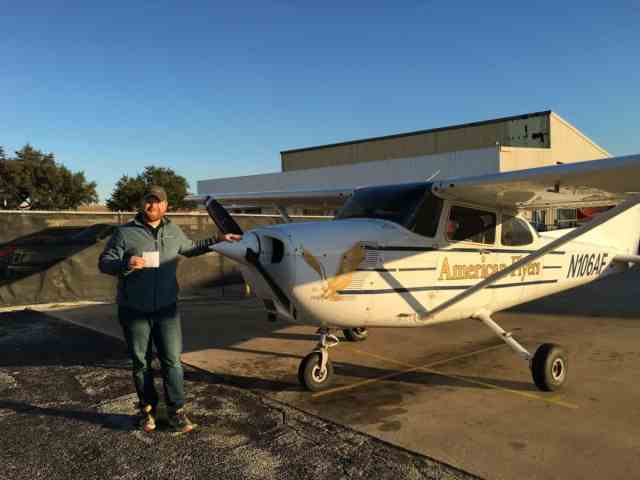
This image is property of i0.wp.com.
Membership and Association Fees
Pilot’s association membership
Joining a pilot’s association can provide numerous benefits, including access to resources, networking opportunities, and discounts on certain products and services. The cost of pilot’s association membership can vary depending on the organization and the level of membership you choose.
Aircraft owner membership
If you plan on owning an aircraft or engaging in aircraft co-ownership, joining an aircraft owner’s association can provide valuable support and resources. The cost of aircraft owner membership will depend on the association and the level of membership you opt for.
Online learning platforms
Online learning platforms offer a convenient and flexible way to supplement your flight training. These platforms may provide videos, tutorials, practice exams, and other resources to enhance your knowledge and skills. The cost of online learning platforms can vary depending on the provider and the specific features or courses you choose.
Additional Training Expenses
Extra flight hours for proficiency
While flight training programs usually include a specific number of flight hours, you may choose to log extra flight hours to improve your skills and proficiency. These additional flight hours can enhance your chances of success during checkrides and exams. The cost of extra flight hours will depend on the hourly rental rates of the aircraft you choose and any associated instructor fees.
Additional ratings or endorsements
If you decide to pursue additional ratings or endorsements beyond the basic pilot’s license, such as instrument rating or multi-engine endorsement, there will be additional costs involved. These costs may include additional flight hours, ground instruction, and exam fees. It’s important to research and budget for these additional training expenses if you have aspirations of pursuing more advanced certifications.
Flight reviews
Flight reviews are a mandatory requirement for pilots to maintain their currency and proficiency. Flight reviews typically involve a qualified flight instructor evaluating your flying skills and knowledge, ensuring you are up to date with the latest regulations and procedures. The cost of flight reviews will depend on the instructor fees and any associated aircraft rental costs.
Instrument proficiency checks
If you hold an instrument rating, instrument proficiency checks are required periodically to demonstrate your ability to fly using instruments alone. These checks assess your instrument flying skills and knowledge and help maintain your proficiency. The cost of instrument proficiency checks will depend on the instructor fees and any associated aircraft rental costs.
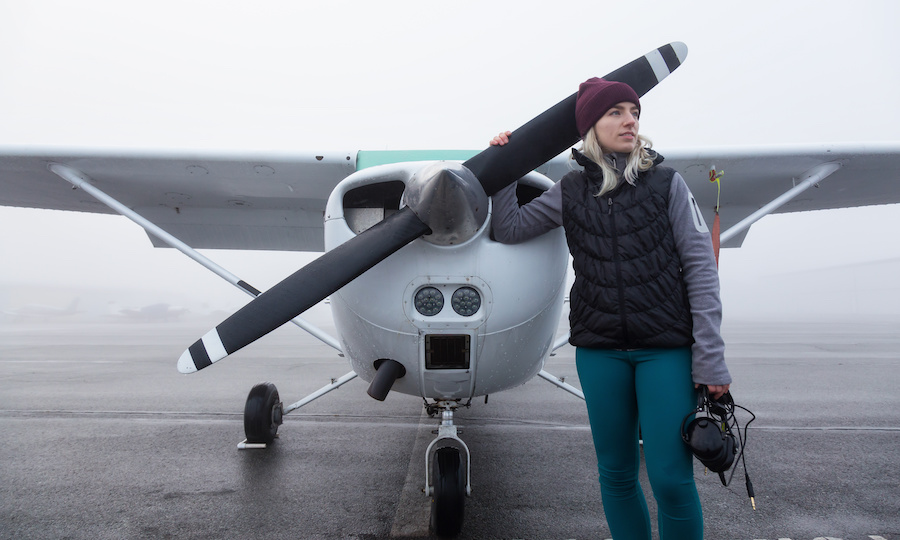
This image is property of pilotinstitute.com.
Transportation and Accommodation Costs
Travel expenses to and from flight school
If you choose a flight school that is located away from your current place of residence, you will need to budget for travel expenses to and from the flight school. These expenses may include airfare, car rental, fuel costs, or transportation fees. It’s important to consider these costs when selecting a flight school and calculating the overall cost of obtaining a pilot’s license.
Accommodation during training
If you need to live away from home during your flight training, you will need to factor in accommodation costs. These costs can vary depending on the location, duration of training, and the type of accommodation you choose. Options may include staying in student housing, renting an apartment, or finding a host family.
Transportation during training
During your flight training, you may need to commute between the flight school, airports, and other training facilities. Transportation costs may include fuel or public transportation expenses, depending on the location and your personal circumstances. It’s important to budget for transportation costs to ensure a smooth and convenient training experience.
Other Miscellaneous Costs
FAA registration fees
The FAA requires certain registrations and certifications throughout the pilot certification process. These may include fees for registering as a student pilot, obtaining an FAA medical certificate, or applying for other specific certifications. The exact fees can vary depending on the type of registration or certification required.
Student pilot certificate
To begin flight training, you will need a student pilot certificate issued by the FAA. The cost of obtaining a student pilot certificate may include application fees and any medical examination or testing expenses.
Headset and flight gear
Having a good quality headset is essential for clear communication during flight training. The cost of headsets can vary depending on the brand, features, and level of noise-cancellation. Additionally, you may need to invest in flight gear such as a pilot uniform, flight bag, or kneeboard, which can add to the overall cost of pilot training.
Charts and navigation tools
Navigational charts, flight logs, and other tools are necessary for flight planning and navigation during your training. The cost of charts and navigation tools can vary depending on the type and coverage area. Some flight schools may provide these materials as part of the training program, while others may require you to purchase them separately.
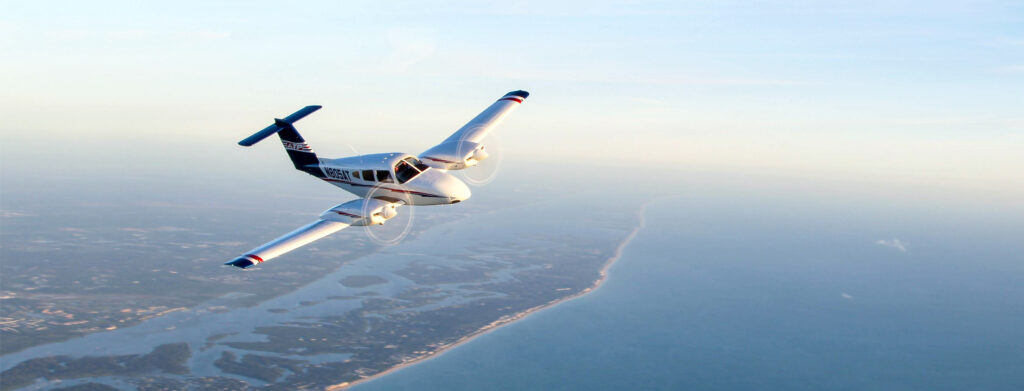
This image is property of atpflightschool.com.
